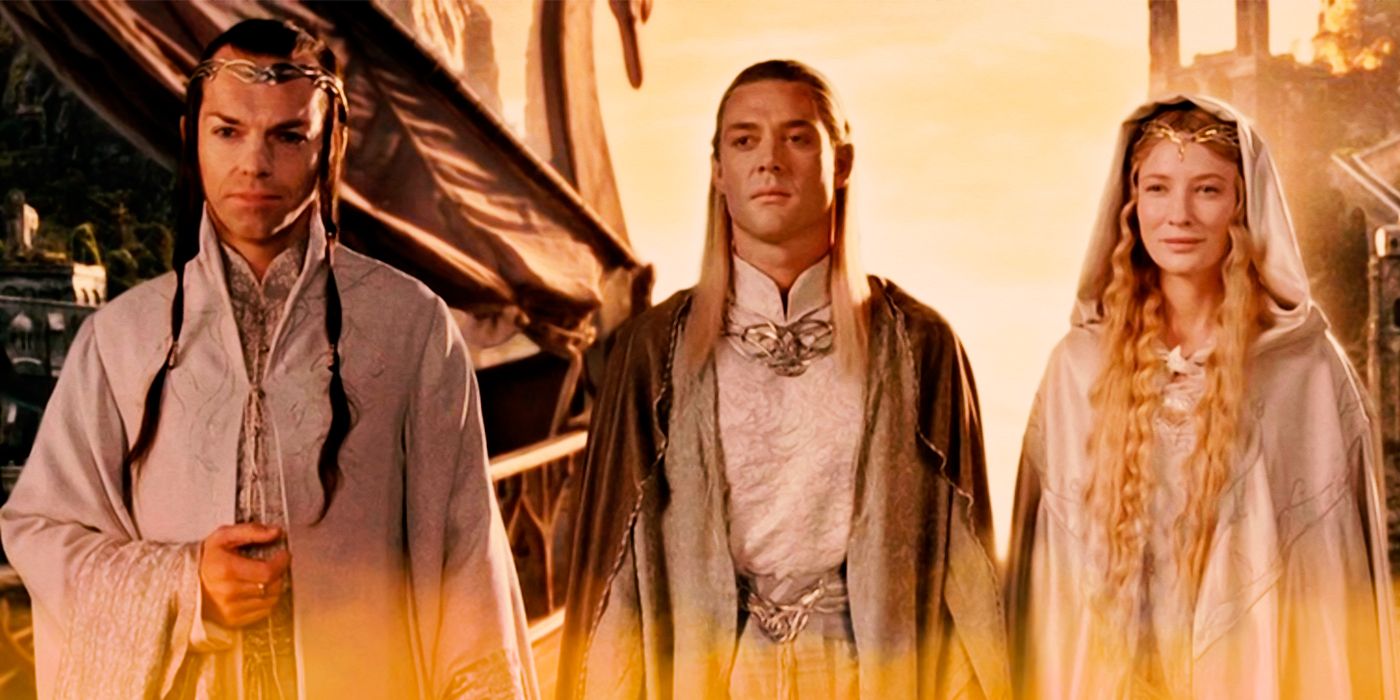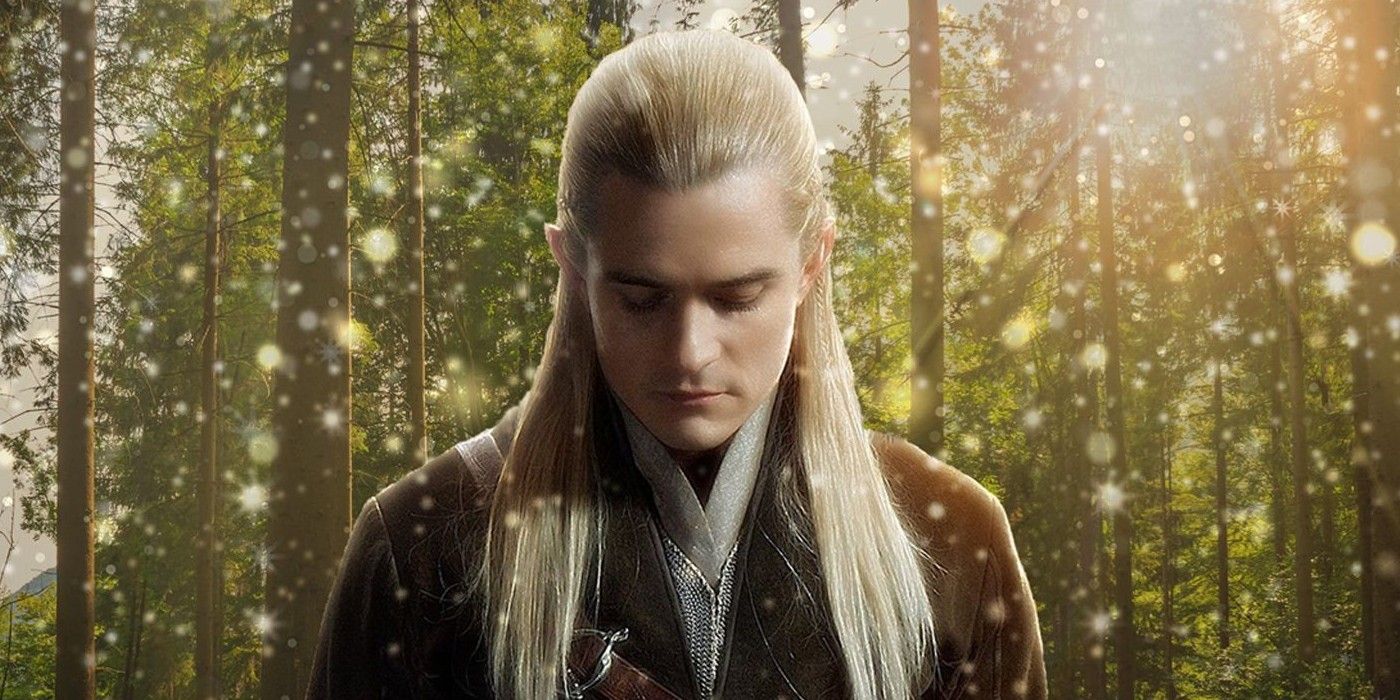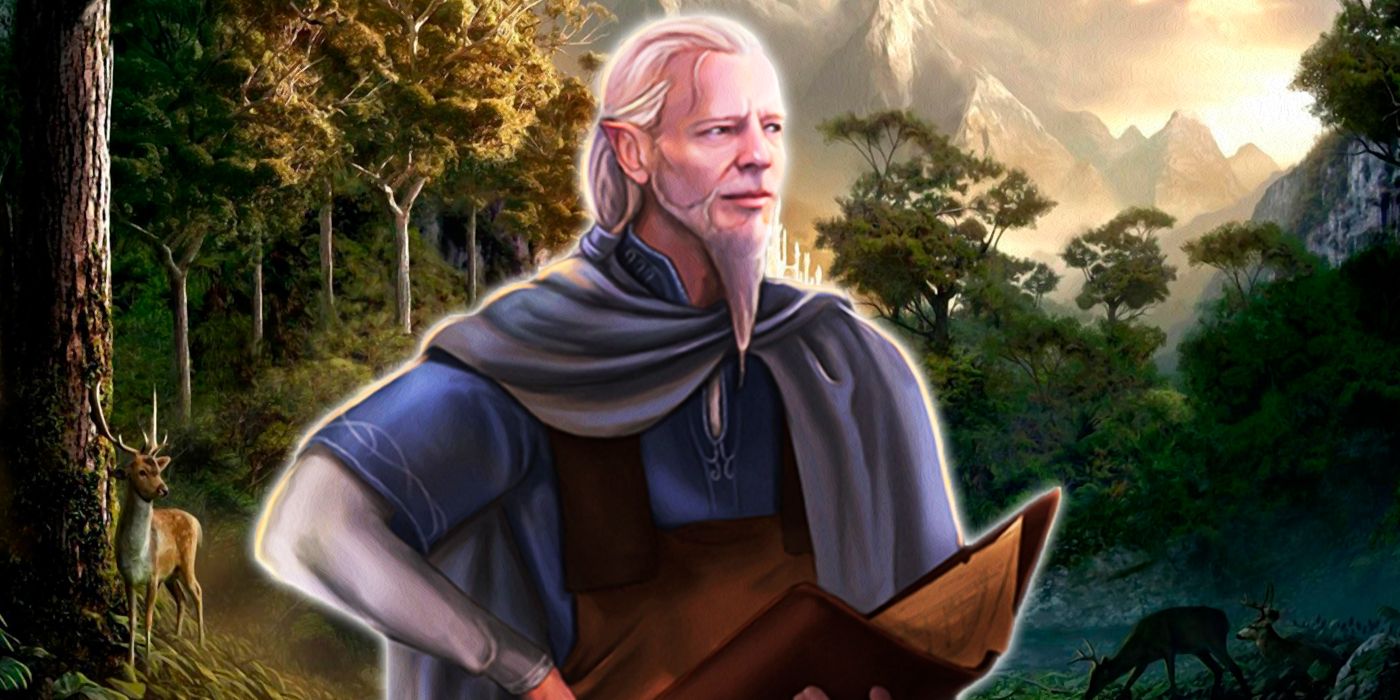While every race in The Lord of the Rings is unique, the Elves stand out as truly special. Galadriel might be the best example, but they were all strong, graceful and inherently magical. As the Firstborn of Ilúvatar, they were immortal beings who lived thousands of years, becoming wiser and wiser with every passing season. As such, some of the Elves that were in The Lord of the Rings trilogy are major players in Prime Video's The Rings of Power -- even though the series is set thousands of years before the trilogy.
However, all of that makes one wonder how Elves age in The Lord of the Rings because it's different from the human lifespan. In short, there are three cycles in an Elf's lifetime. Tolkien didn't spell out when each cycle began or ended, but it's easy to infer a general time frame for each from the characters contained within the lore and extended Legendarium.
Elves' First Cycle of Life Is Childhood and Adolescence
By a year old, Elves were already capable of speaking, walking and dancing. Thus, their mental maturation was faster than the race of Men, but their physical maturation happened much slower. For instance, while Elves looked like young human children at 20 years old, they were skilled in language and craft. That led to the belief that Elvish children were very mature, but really, they were already over two decades old. And when an Elf reached 50 years old, they had completed physical puberty. However, they didn't get considered fully grown until they were 100. At that point, they were considered adults and ready to begin the second cycle of their lives.
Elves' Second Cycle of Life Is an Endless Adulthood
Elves' adulthood was almost an unending state. Unlike the race of Men, they didn't physically age. They just remained constant -- an unchanging incarnation of their eternal form. Thus, once they were 100 years old, they looked the same for the rest of their lives. While Elves were done growing at 100 years old, they never stopped growing mentally. And when there was peace, Elves would spend their endless days enhancing their artisan skills. Many were even talented smiths, sculptors, musicians, lore-masters and healers. In fact, because they had thousands of years to perfect their crafts, they were skilled in whatever craft they chose to adopt. Even with all of that knowledge and wisdom, Elves would eventually tire of life in Middle-earth as they approached their third cycle of life.
Elves' Third Cycle of Life Is for the Old and Weary
Although there wasn't a specific age that signified it, Elves' third cycle of life signified ancient Elves. By nature, all Elves were immortal and should have reached that third cycle, but most of them never did. They either died of grievous wounds or became weary of life in Middle-earth and traveled back to Valinor on one of Cirdan's ships.
In The Lord of the Rings trilogy, Cirdan was the only Elf who had entered that third stage, and because of that, he had grown a beard. That, however, was the only physical change that came with the third cycle of life because ancient Elves still looked the same as they always had. Eventually, though, Elves who didn't return to Valinor would fade. Their souls would separate from their physical form and be called back to Valinor, thus ending their time on Middle-earth. Yet, most of those Elves got reincarnated to life in Valinor. Either way, Elves' spirits will endure as long as Arda does.




